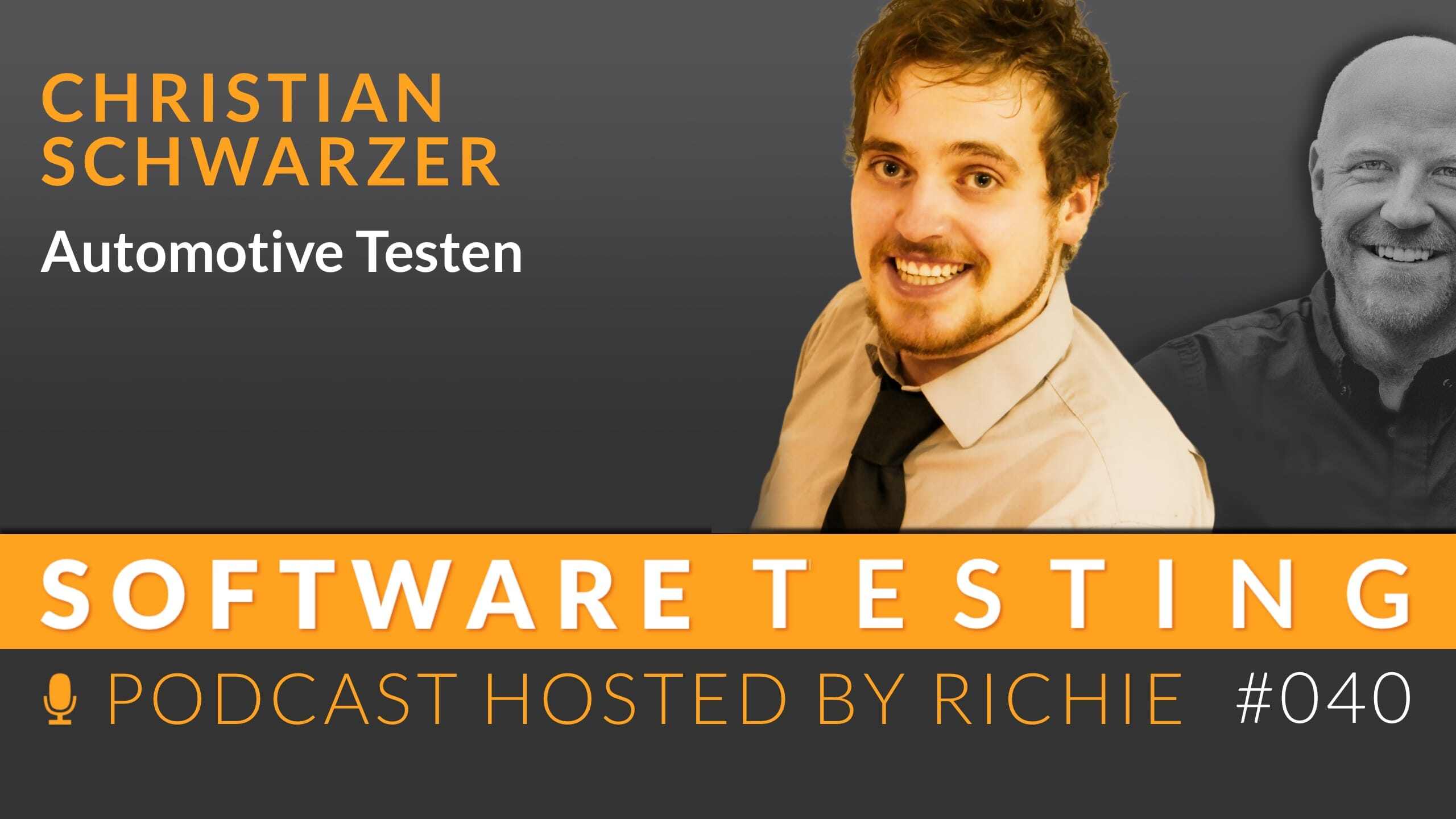New Edition of Agile Testing
“So, we don’t need testers anymore, because we work agile now!” That was the impetus for writing the first edition of“Agile Testing”more than 10...

OTTO is a living example of change and the agile transformation of a large organization. What is the situation in quality assurance? How has software testing adapted to this change? Dominique has been working in ecommerce at OTTO for years and tells us first-hand how the working structures have changed, how the teams are encouraged to be agile and what difficulties still exist.
“In agile software development, optimization never stops. Just as you develop software iteratively, you also continue to develop iteratively as a team.” - Dominique Petrich
Dominique started his career as an IT systems administrator at Deutsche Telekom in Dresden. He later took on management positions at Vodafone before moving to IT and quality assurance at Qcentris GmbH in 2013. There he gained extensive experience in various projects and roles, most recently as an expert for Hermes Germany GmbH. Dominique expanded his expertise through further training, including as an ISTQB Certified Tester. In 2018, he moved to OTTO GmbH & Co KG, initially as Test Manager Professional and eventually rising to Senior Technical Quality Manager, where he deals with comprehensive quality in software development.
Highlights of this episode:
Today, Dominique Petrich shares insights into OTTO’s agile transformation, specifically in the area of quality assurance (QA) and how the company has managed to reposition itself in the digital world. We talk about the challenges and successes of transitioning from traditional to agile QA methods, the role of test automation and how Otto integrates quality throughout its lifecycle.
Today we are talking about OTTO, a company that many of us are probably familiar with as a traditional mail order company. But Otto has changed - from catalogs to a leading e-commerce marketplace. The agile transformation is the focus of our discussion, in particular how this change has influenced quality assurance (QA) practices. Dominique Petrich, Quality Manager at Otto, gives us deep insights into this process.
Dominique starts our conversation with a look back. He reminds us how Otto once began as a traditional catalog retailer. But when the company decided to develop and operate its online store and app entirely in-house, a comprehensive agile transformation began. Interestingly, this change not only led to a new way of developing software, but also to the dissolution of separate testing teams. The testers were integrated directly into the development teams - a first step towards more modern QA.
The integration of testers into the teams brought about a decisive change in their roles. Traditional testers became Quality Specialists and later Technical Quality Managers. This new role was no longer just about testing, but also included coaching and mentoring tasks. Dominique particularly emphasizes the need to see quality not just as a task at the end of a development cycle, but to integrate it throughout the entire life cycle of a requirement.
A key component of the changes at Otto was the implementation of test automation. This step not only enabled the teams to work more efficiently, but also to ensure continuous quality assurance. Dominique goes on to explain how the teams use and adapt Scrum and Kanban methods in order to be able to react flexibly to changes. The autonomy of the teams played a central role in the successful implementation of the agile principles.
Despite the successful transformation, Dominique and his team still face challenges. In particular, the scaling of the agile model across departmental boundaries and the integration of new technologies such as AI into the QA process are areas that are being worked on intensively. An innovative approach to overcoming these challenges is the introduction of the Quality Guild - a format for exchange between all those involved in quality.
Finally, I asked Dominique about his vision for the future of QA at Otto. His answer made clear his desire for even more automation in testing and a further anchoring of quality awareness within all teams. The long-term goal is for everyone in the team to become an expert in quality - a vision that is both challenging and inspiring.

“So, we don’t need testers anymore, because we work agile now!” That was the impetus for writing the first edition of“Agile Testing”more than 10...

In this episode, we talked about what skills a tester needs nowadays and how the job description of a tester has changed in recent years. How the way...

There is an incredible amount of software in a car and it has to be tested. As this is a highly regulated environment, the work of a tester is...